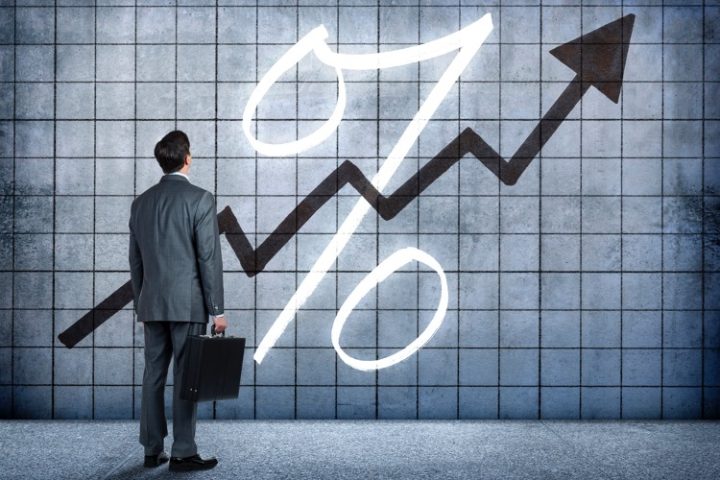
The opening remarks by Federal Reserve Chairman Jerome Powell at Jackson Hole on Friday put Wall Street back to sleep. He said that the Fed is “prepared to raise rates further if appropriate.” That signaled market watchers that the rise in stocks since March will likely continue.
The benchmark S&P 500 Index has leapt 15 percent in the last six months and unless Powell continues to fail to address the elephant in the room, the short term runup in stocks will endure.
The “elephant in the room” that Powell continues to fail to address is that the explosion of the national debt will cause the slowdown Powell so desperately needs. It won’t need any further help from him.
Nassim Taleb, the author of The Black Swan: The Impact of the Highly Improbable, was asked recently about the possibility of another highly improbable event of extreme impact in the near future, one that only appears obvious and explainable in hindsight. He responded: “It’s a white swan…. It’s a white swan event!”
Translation: What’s coming should be no surprise to anyone. The economy is headed for a major correction, perhaps on the order of the 2008 financial crisis. It’s just that Powell doesn’t want to talk about it.
Taleb said America has piled on “unsustainable levels of debt,” forcing citizens to default and the Federal Reserve to print.
Major real estate holding companies such as Brookfield Corporation (with $725 billion in assets) are already suffering mortgage defaults. Americans now hold a record-breaking $1 trillion in credit-card debt, and defaults in that sector will accelerate as interest rates increase.
Interest rates on the traditional 30-year fixed-rate mortgage have surged above seven percent for the first time in 20 years, putting a damper on the housing market.
The canary in the coal mine — the 10-year U.S. Treasury security — is now paying 4.2 percent, its highest level since 2007, just before the financial crisis. A close look at the chart of that instrument’s yields reveals a nearly identical pattern of behavior.
Fitch Ratings, very late to the game indeed, finally couldn’t stand keeping the U.S. government’s credit rating at AAA — its highest and most credit-worthy — and on August 1 dropped it, by a single point, to AA+. Fitch explained it was because there is an obvious and inescapable “erosion of [responsible] governance.”
That doesn’t even begin to address the deterioration of the currency or the government’s vanishing likelihood of ever paying back what it owes. The federal government will be forced to borrow — or the Fed create — $1 trillion in the third quarter alone just to pay the government’s bills. The surge in the government’s deficit has more than doubled, to $1.6 trillion, in just the last 10 months ending July.
The government admits to owing nearly $33 trillion, but leaves out any attempt to measure or even report the shortfall in Social Security or other federal welfare programs. The real amount the federal government owes is more likely to exceed $250 trillion.
As the federal government’s debts mount, so do its interest payments. Before Covid, the U.S. government was paying $380 billion a year just to service its outstanding debt. Today that number is above $600 billion, and climbing. That’s 14 percent of the government’s total annual revenue.
And one-third of the whole national debt will need to be refinanced, at higher rates, within the next 12 months.
It’s no wonder that Powell doesn’t want to talk about this, nor does Wall Street want to hear about it. It’s the “third rail” of economic commentary — touch it and you die.



